|
|
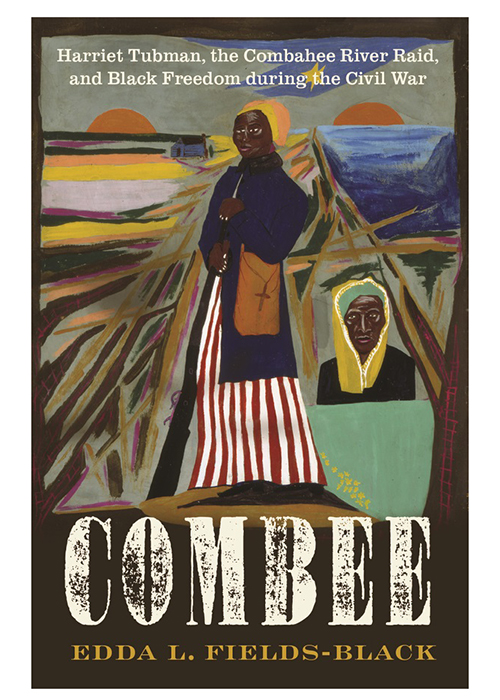
(Oxford
University Press)
|
|
|
|
|
Harriet Tubman, Union Spy
Thursday, February 29 - 6:45 p.m. to 8:00 p.m.
ET
Hired by the Union Army during the Civil War,
Harriet Tubman ventured into the heart of slave
territory—Beaufort, South Carolina —to live, work, and
gather intelligence for a daring raid up the Combahee River
to attack the major plantations of Rice Country, the
breadbasket of the Confederacy. Historian Edda L. Fields-Black—a descendent
of one of the soldiers in the June 1863 action that
liberated 756 enslaved people—traces the raid’s planning,
participants, execution, and aftermath.
|
|
|
|
|
|
|
|
|
|
Writing a Novel: A Character-Driven
Approach
4-Session Afternoon Course
Friday, March 8 to 29 - 12:00 p.m. to 1:30 p.m. ET
Ready to take that novel-in-progress out of
the drawer? Find the inspiration you need as award-winning
author Elizabeth Poliner
leads a practical four-part series focused on understanding
and creating a character-driven approach to novel
writing—one that allows plots and structures to develop
organically. She covers elements including character,
setting, narration, and structure, as well as theme,
research, and the ever-essential role of revision.
|
|
|
|
|
|
|
|
|
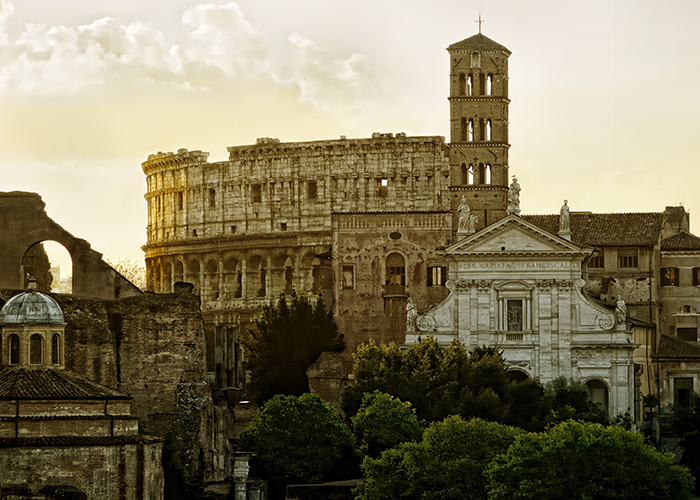
The
Colosseum, Rome (Photo: Paolo Gaetano/Istock)
|
|
|
|
|
The History of Western Art
2-Session Weekend Series
Saturday, March 16 and 23 - 1:30 p.m. to 4:00 p.m. ET
Art historian
Janetta Rebold Benton leads a two-session
survey of Western art from prehistory to the present day.
Explore the constantly evolving aesthetic preferences that
swing between naturalism and abstraction; unravel the
stories behind some of the world’s most iconic artwork; and
discover the profound impact they have had on our
understanding of art and society.
World Art History
Certificate core course, 1 credit
|
|
|
|
|
|
|
|
|
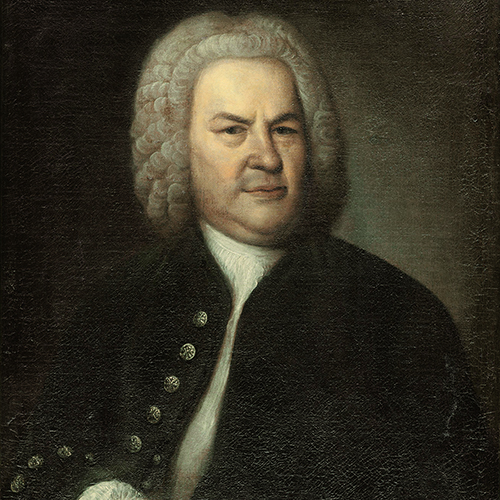
Portrait
of Johann Sebastian Bach, ca. 1746, by Elias Gottlob Haussmann
(Museum of City History, Leipzig)
|
|
|
|
|
Bach's Sacred Cantatas: A Journey
Through Human Emotions
Thursday, March 21 - 6:30 p.m. to 8:30 p.m. ET
Why does Johann Sebastian Bach’s music remain
deeply relevant to our times despite having been composed
300 years ago? Because it draws on all shades of timeless
human emotions. The composer’s religious cantatas—poetic
and musical commentaries on sacred texts associated with
specific dates on the Lutheran liturgical calendar—are
vivid showcases of that complex emotional understanding.
Singer Thierry van Bastelaer
examines the sources of their power and their significance
in Bach’s output.
|
|
|
|
|
|
|
|
|
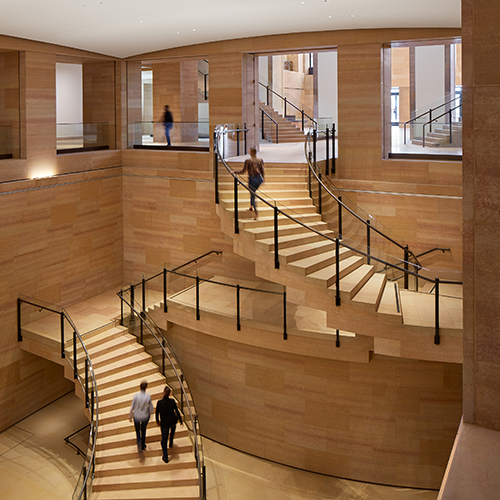
Interior
view of the museum; renovated and designed by Gehry Partners
(Steve Hall © Hall + Merrick Photographers, courtesy
Philadelphia Museum of Art, 2021)
|
|
|
|
|
The Philadelphia Museum of Art: Frank
Gehry's Revision
In-Person Weekend All-Day Tour
Saturday, March 23 - 7:30 a.m. to 7:30 p.m. ET
Enjoy a day that spotlights architect Frank
Gehry’s designs for the recent renovation of the
Philadelphia Museum of Art. En route to Philadelphia, Bill Keene, a lecturer in history,
urban studies, and architecture, offers an overview of
Gehry’s career and the backstory of the project. At the
museum, a staff-led architectural tour brings you into some
of the most dramatic of the reimagined spaces that blend past
and present.
|
|
|
|
|
|
|
|
|
|
Federalists vs. Antifederalists: Why
the Battle Over the Constitution Still Matters
Monday, March 25 - 6:30 p.m. to 8:00 p.m. ET
When the Constitutional Convention ended on
Sept. 17, 1787, the battle over the Constitution had just
begun. Federalists advocated for a strong central
government; Antifederalists sought for power to lie within
the states. Historian Denver
Brunsman describes the battle of ideas and
tactics that surrounded the process to ratify the
Constitution and the patterns of political debate that
persist to this day.
|
|
|
|
|
|
|
|
|
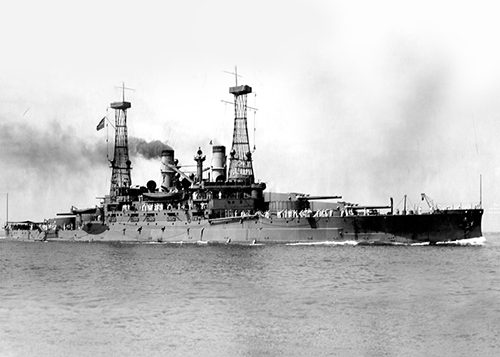
USS South
Carolina (U.S. Naval Historical Center Photograph)
|
|
|
|
|
The WWI Navy: Second to None
Tuesday, March 26 - 6:30 p.m. to 7:45 p.m. ET
For the U.S. Navy, World War I was the first
significant test of an armed force branch billed as “second
to none.” Could it rise to the challenge in the clash of
powerful forces that had engulfed Europe? Chris Rentfrow, director of the
Navy Museums Division at the Naval History and Heritage
Command at Washington Navy Yard, examines the growing role
of the Navy during early decades of the 20th century and
the critical role its forces played in WWI.
|
|
|
|
|
|
|
|
|
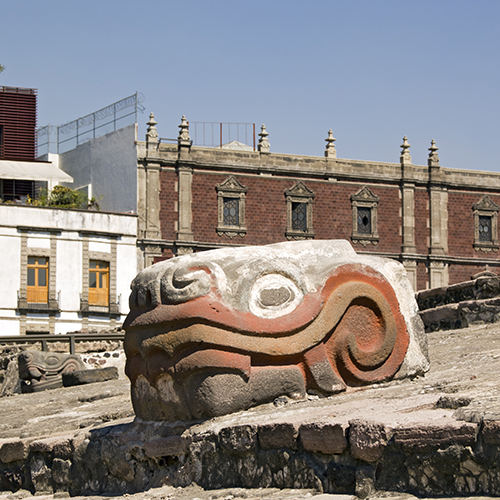
Quetzalcoatl,
guarding the entrance to the ruins of the Aztec main temple in
downtown Mexico City
|
|
|
|
|
Mexico City in the Footsteps of
Moctezuma: Aztec Art and Architecture
Wednesday, March 27 - 6:45 p.m. to 8:00 p.m.
ET
While the Aztec, or Mexica, people of today’s
Central Mexico had no specific word that corresponds
precisely to the Western term “art,” they had very specific
ideas about what made objects cualli—a
word for good or right in the Nahuatl language. Ellen Hoobler, a curator at
Baltimore’s Walters Art Museum, surveys the architecture of
the Aztec capital of Tenochtitlán, site of modern Mexico
City, and considers the techniques and materials of a
limited selection of the Mexica’s surviving art treasures
in stone, ceramics, and feather mosaics.
World Art History
Certificate elective, 1/2 credit
|
|
|
|
|
|
|
|
|
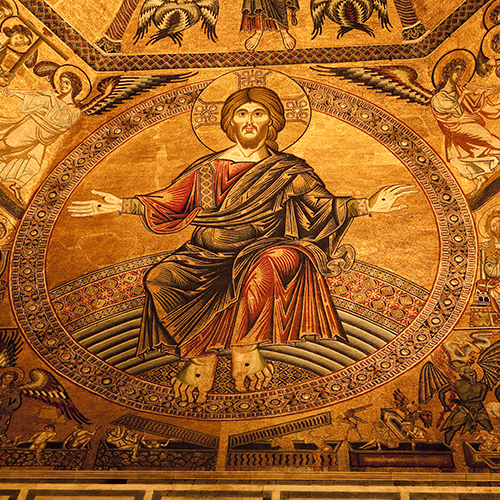
Depiction
of Jesus on the ceiling of the Florence Baptistery di San
Giovanni (detail)
|
|
|
|
|
Images of Christ: Variations and Themes
Art-full Friday, Live from Tuscany
Friday, March 29 - 12:00 p.m. to 1:30 p.m. ET
Jesus Christ is an instantly recognizable
figure, perhaps the most frequently depicted in all Western
art. Since scripture does not provide a description of what
Christ looked like, painters and mosaic-makers would often
resort to the artistic canons of their time to create an
image of the Nazarene. Renaissance art historian Elaine Ruffolo delves into some of
the most impactful portrayals of Christ, uncovering how
social, political, and religious contexts directly shaped
the iconic image we recognize today.
World Art History
Certificate elective, 1/2 credit
|
|
|
|
|
|
|
|
Membership
makes a difference.
Smithsonian Associates members enjoy exclusive
benefits including early registration access, reduced
ticket prices, and member-only events.
Membership also helps us bridge the gap
between program expenses and ticket revenue, allowing us to
continue providing the rich, varied and creative
experiences in learning you’ve come to expect from us.
|
|
|
|
|
|
|
|

|
|